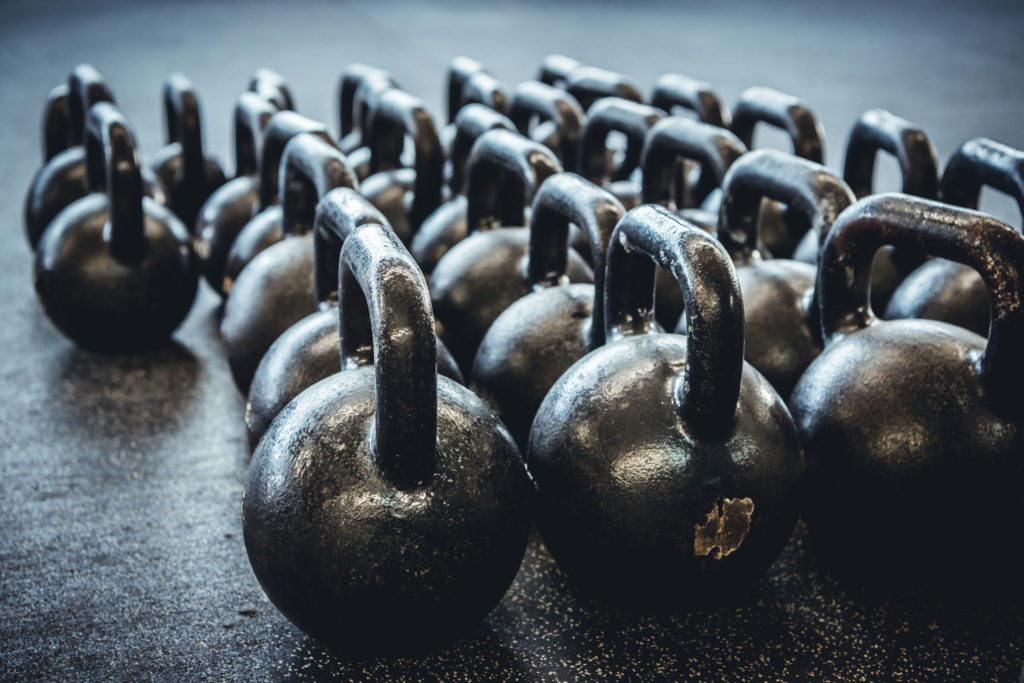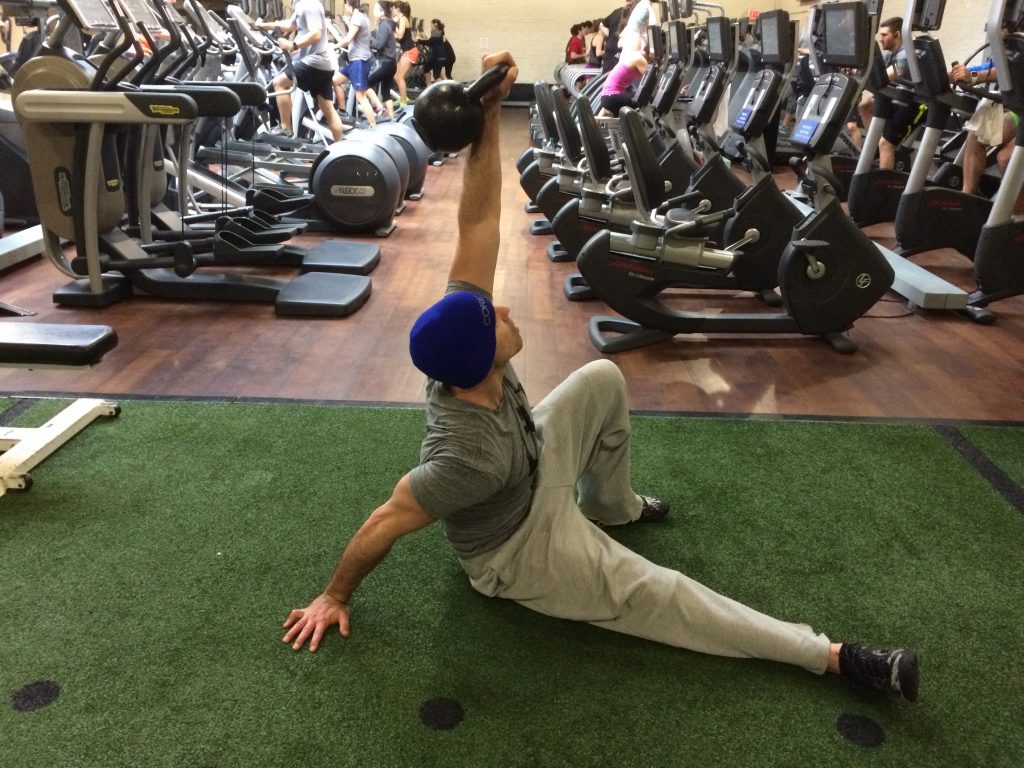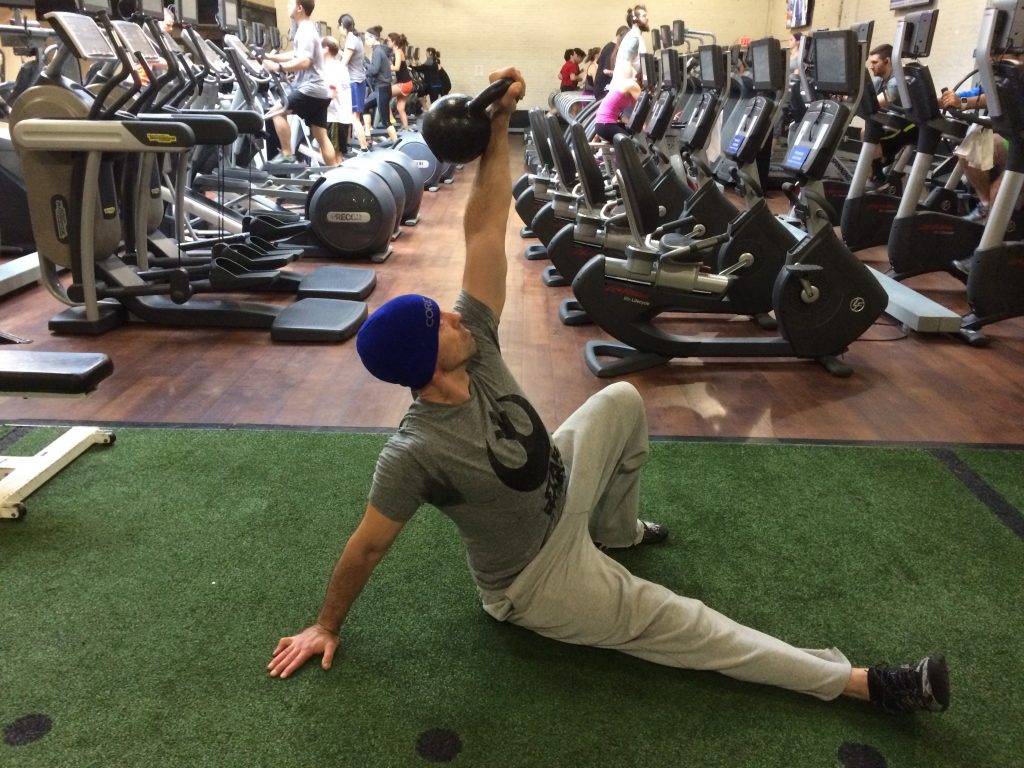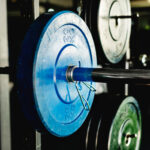Two Cues to Clean Up Your Turkish Get-Up
Hope everyone’s New Years was fantastic and safe. Lisa and I celebrated our last Holiday as non-parents by being lame and going to bed at 9 PM New Year’s Eve. We figured we’d start a new hash-tag to highlight the fact: #sleepingwhilewecan.
2017 is here and with my first post of the year I wanted to discuss two common mistakes I see people make with their Turkish Get-Up.

Copyright: karmiic / 123RF Stock Photo
Lisa has been on vacation from work since before Christmas and I’ve taken advantage of tagging along in the mornings to train with her at her commercial gym. I don’t make it into commercial gyms all too often, but when I do you can bet two things will happen:
- I have to do everything I can to not want to gauge out my corneas.1
- I always pick up some good ideas for blog fodder.
During the past week I’ve noticed a lot of people performing Turkish get-ups, which is awesome. I think it’s rad to see more and more people venturing out of their comfort zones. Unfortunately, I’ve also noticed a few common themes with regards to questionable technique while observing the same people. Mistakes that are very subtle in nature, but can make a profound difference when it comes to reduced injury risk when corrected.
1) Rolled Shoulder vs. Packed Shoulder
This is the one snafu I see the most often. When someone transitions from the forearm to the “T” position (to the hand) they’ll allow the shoulder supporting their weight to roll forward. Kinda like this:
Ouch.
With bodyweight or a lighter KB it won’t be that big of a deal. However, it’s a bad habit to fall into (even with light loads) and is going to place a lot of strain on the anterior shoulder, most notably the bicep tendon.
The better approach is to ensure a “packed” shoulder. Like this:
Bonus points for the sick Star Wars t-shirt. Demerit points for pitting out. My bad.
The simplest verbal cue I’ll use in this case is to tell the person to “place you shoulder blade in your back pocket” or maybe to say something to effect of “cork screw your hand into the ground.”
Both work equally well and place the shoulder in a far superior (and stable) position to transition forward.
2) Not Getting Under the Bell
Another common mistake I see often is people not getting underneath the bell when transitioning from the tripod/3-point stance to half-kneeling.
Most will perform more of “teapot” motion cranking through their lumbar spine (<– props to Artemis Scantalides for the teapot analogy) rather than hinging INTO their hips to get underneath the bell.
Here’s a quick 1:15 minute video explaining what I mean:
Learning to use the hips is crucial here and helps with getting a feel for what it means to “control” the bell. Not surprisingly some people struggle with this. Here’s simple way to groove things and get those hips nice a juicy:
Give the above suggestions a try and let me know if they make a difference. If not, I guess I’ll GFM…;o)





Comments for This Entry
356 Ways to Make 2017 Awesome (Tips and Tricks!) | Wendy Fitness
[…] The Turkish Getup. Tony Gentilcore breaks it down, God love him. (And hey, if any of my clients see this, gimme a shoutout because … you […]January 5, 2017 at 3:44 pm |